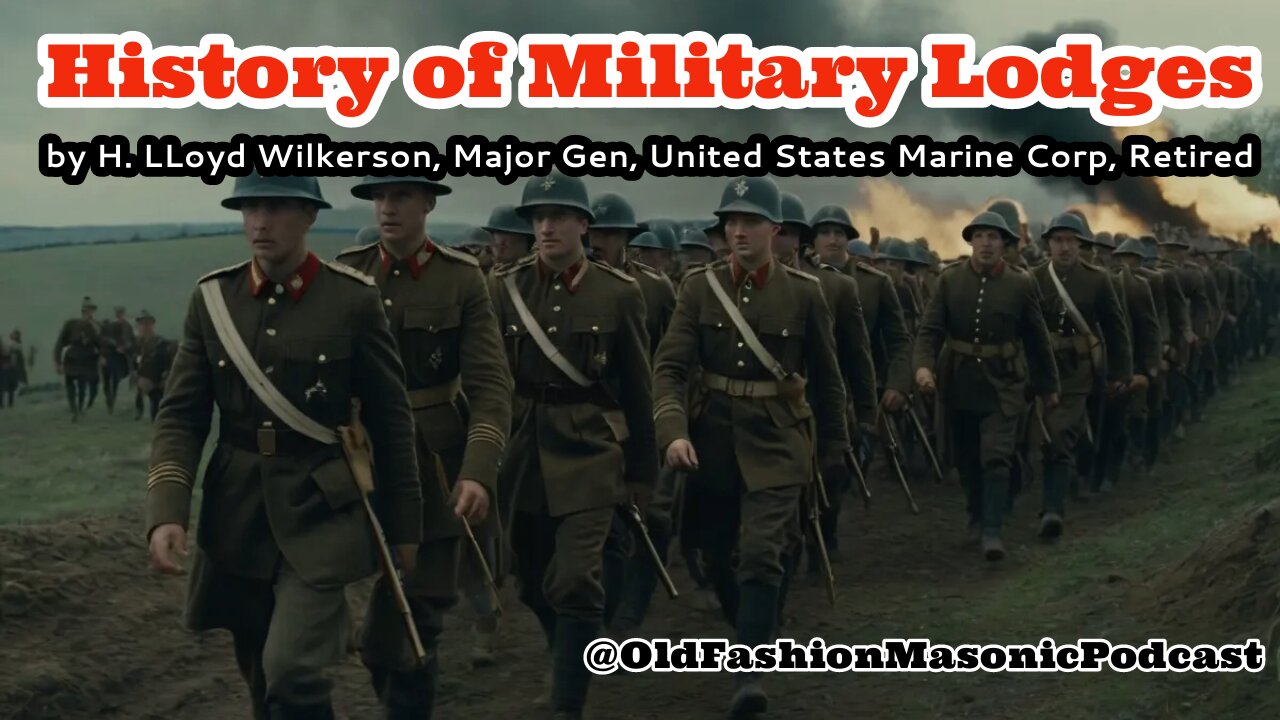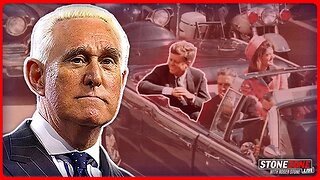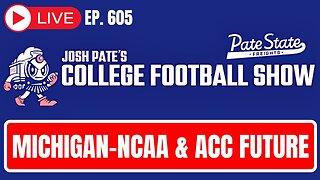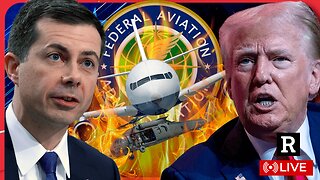Premium Only Content

History of Military Lodges in Freemasonry
General H. Lloyd Wilkerson, a retired Major General of the United States Marine Corps, delves into the intertwined history of Freemasonry and the military in his exploration, prompted by an invitation from the North Carolina College, Societas Rosicruciana in Civitatibus Foederatis. His research seeks to comprehend the connections between Freemasonry and military service over various periods in history.
The narrative begins with the characterization of Freemasonry before the establishment of the Grand Lodge of England in 1717. During this time, lodges were informal gatherings attended by Freemasons in the area, with no permanent officers, dues, or official buildings. Meetings often took place in local taverns where food, drink, and lodging were available.
With the establishment of the Grand Lodges in England, Ireland, and Scotland between 1717 and 1736, Freemasonry spread rapidly, attracting nobility, clergy, and influential individuals. Prior to this period, many military and civilian men in the Colonies had become Masons before leaving their homelands, continuing their Masonic practices beyond 1717.
The emergence of Regimental Military Lodges, authorized by Grand Lodges, became common in the 18th century. These lodges proliferated, with at least 50 in the American Colonies by 1760, fostering the growth of Colonial Freemasonry. Notably, the U.S. Marine Corps was organized in Tun Tavern in Philadelphia, where Freemasons had previously gathered.
Throughout significant historical periods like the American Revolution, the Mexican War, the Civil War, and to a lesser extent in subsequent conflicts like the Spanish-American War and World War I, military Freemasons found camaraderie in traveling Military Lodges within their units. Tales abound of Freemasons sparing each other's lives on the battlefield due to their shared Masonic affiliation.
In World War I, an Overseas Lodge in Coblenz, Germany, played a crucial role, initiating prominent military figures like General John A. Lejeune, General Wendell C. Neville, and General Lemuel C. Shepherd. This Lodge, established in a former enemy country, carried on the Masonic tradition in a foreign setting.
Post-World War I, organizations like The National Sojourners, Inc. were formed, comprising Freemason officers aiming to strengthen national defense, foster patriotism, and promote fellowship among members. However, the changing nature of warfare, especially in continuous and intense modern combat zones, poses challenges for conducting traditional Masonic rituals.
General Wilkerson advocates against establishing traveling lodges in modern armed forces due to the difficulties in evaluating candidates' moral character and the potential for hasty and uninformed decisions in the midst of combat. Instead, he suggests relying on organizations like the Masonic Services Association to support Freemasons in combat zones.
In conclusion, he highlights that, outside of combat zones, military Freemasons usually serve within reach of regular lodges, where their presence is esteemed, and that support mechanisms exist to aid them during active deployments.
-
 20:01
20:01
Old Fashion Masonic Podcast
10 months agoJames Naismith; Inventor of Basketball and a Masonic Hero Thief? S2 E71
209 -
 58:42
58:42
The StoneZONE with Roger Stone
1 hour agoLBJ + CIA + Mob + Texas Oil = JFK Murder | The StoneZONE w/ Roger Stone
14.1K2 -
 58:00
58:00
Donald Trump Jr.
9 hours agoBreaking News on Deadly Plane Crash, Plus Hearing on the Hill, Live with Rep Cory Mills & Sen Marsha Blackburn | TRIGGERED Ep.212
148K111 -
 52:03
52:03
Kimberly Guilfoyle
7 hours agoLatest Updates on Deadly Air Collision, Plus Major Hearings on Capitol Hill,Live with Marc Beckman & Steve Friend | Ep.192
82.3K29 -
 1:17:16
1:17:16
Josh Pate's College Football Show
6 hours ago $0.85 earnedMichigan vs NCAA | ESPN’s ACC Deal | Season Grades: UGA & Miami | Notre Dame Losses
27.3K2 -
 1:26:50
1:26:50
Redacted News
6 hours agoWhat happened? Trump DESTROYS the Pete Buttigieg run FAA for tragic airline crash | Redacted News
211K153 -
 LIVE
LIVE
VOPUSARADIO
1 day agoPOLITI-SHOCK! Hero Angela Stanton King & Wrongfully Imprisoned J6 Prisoner Josh Pruitt!
44 watching -
 43:37
43:37
Candace Show Podcast
6 hours agoThe Taylor Swift Plot Thickens | Candace Ep 142
131K110 -
 1:37:33
1:37:33
Common Threads
4 hours agoLIVE DEBATE: Trump's Wild Handling of Plane Tragedy
21.4K5 -
 54:45
54:45
LFA TV
10 hours agoConfirmation Chaos | TRUMPET DAILY 1.30.25 7pm
34.2K2